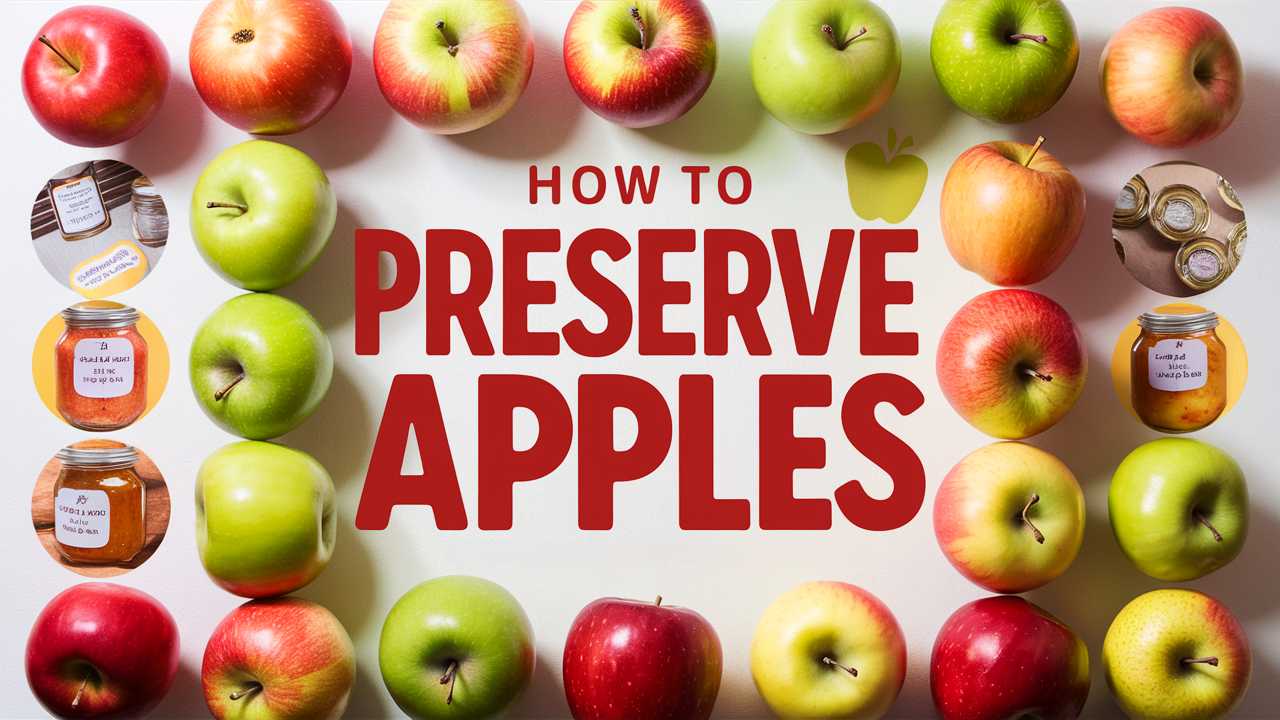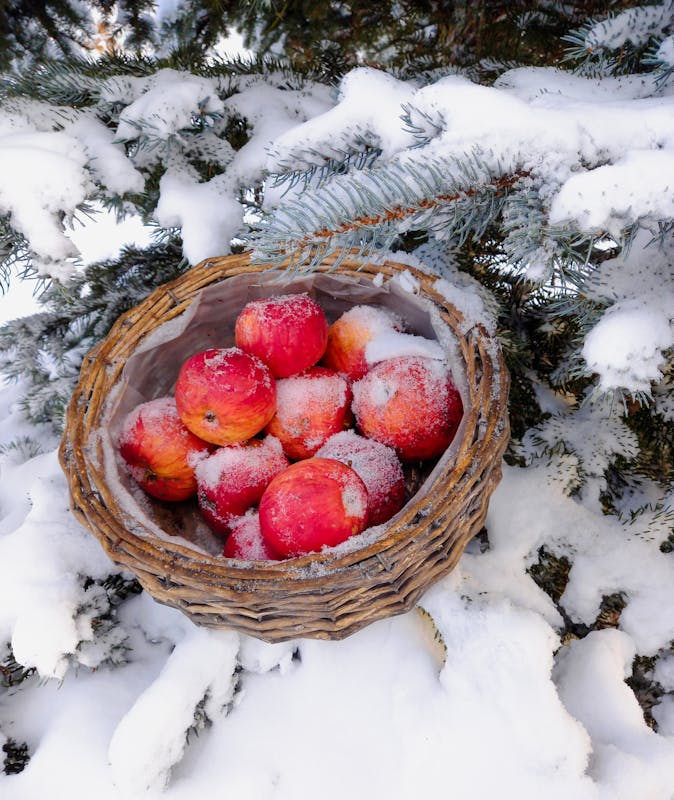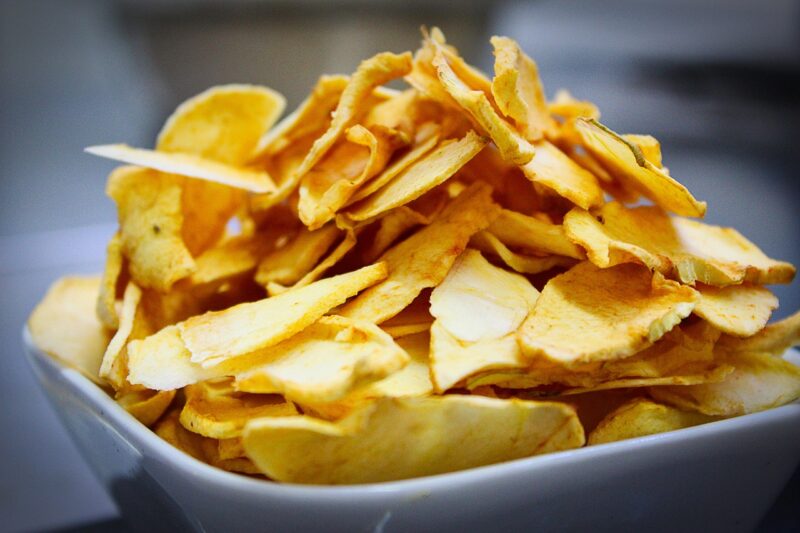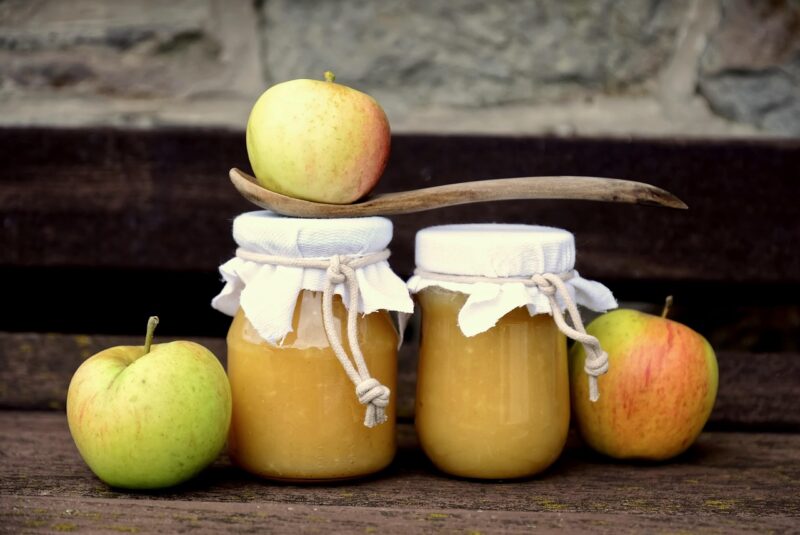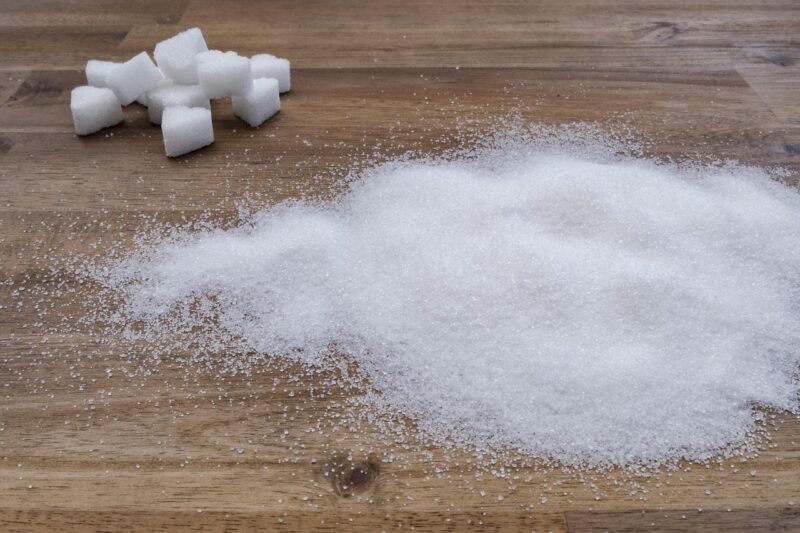As the crispness of fall begins to settle in, apple trees burst forth with their bountiful harvest. Each variety—be it the tart Granny Smith, the sweet Fuji, or the aromatic Honeycrisp—invites you to take part in a delightful ritual: the preservation of apples. Whether you find joy in a quiet afternoon of canning by the kitchen window or prefer to experiment with creative recipes, the art of preserving apples speaks directly to the heart of seasonal living.
Understanding Apples: Varieties and Selection
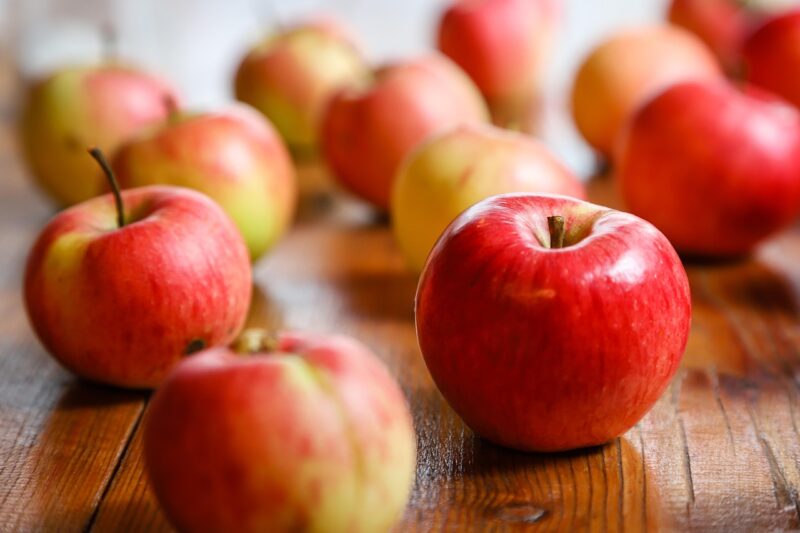
Before you can preserve these jewels of harvest, it’s essential to understand the different types of apples available. Each variety has its own unique flavor, texture, and shelf-life, influencing how you might choose to preserve each one.
Flavor Profiles
Tart Varieties: Apples like Granny Smith are excellent for pies and sauces due to their tangy flavor which balances sweetness well.
Sweet Varieties: Honeycrisp and Fuji apples stand out for snacking or fresh consumption but also lend sweetness to sauces and jams.
Texture
Your selection should also consider how the apple’s texture holds up during the preservation process. Crisp apples are ideal for dry storage and freezing, while softer apples are creamy and make excellent purees or sauces.
When selecting apples, choose firm, unblemished specimens; any signs of bruising can lead to spoilage in your preserved products. Investing time in choosing high-quality fruit will undoubtedly yield superior preserved goods.
Preparing Apples for Preservation
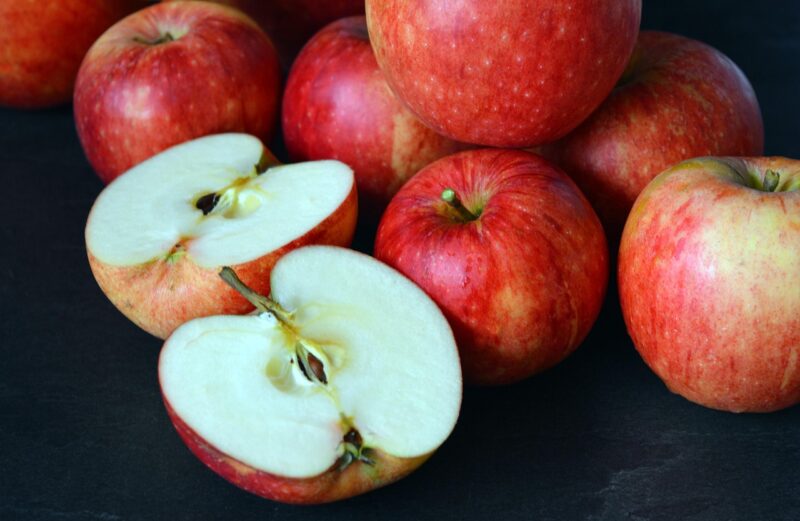
Now that you have selected your apples, preparing them for preservation is the next step. This involves not just washing, but also peeling, coring, and slicing as appropriate.
Washing
Gently wash the apples under running water to remove any dirt, pesticides, or coatings. Organic apples are a great choice if you are concerned about chemical residues. Dry them thoroughly before proceeding.
Peeling and Coring
Depending on your preservation method, you may want to peel and core the apples. For methods like canning or creating sauces, peeling is common, though leaving the skin on can retain added nutrients and fiber.
Slicing
Slice apples into uniform pieces to promote even cooking or drying. If you plan to freeze your apples, consider tossing them with a bit of lemon juice to prevent browning. This simple step not only makes them visually appealing but also enhances the flavor when thawed.
Different Methods of Preserving Apples
There’s no single way to preserve apples; each method boasts its own unique benefits and delicious outcomes. Let’s explore a variety of techniques, starting with the classics.
Canning
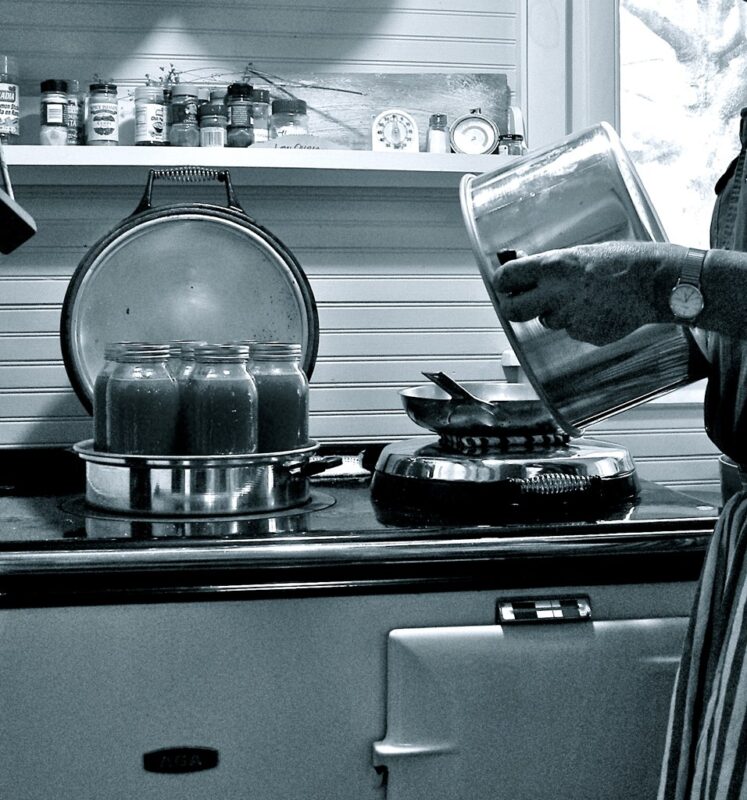
Canning has been a beloved way of preserving fruits for generations. The process involves placing prepared apples in jars and heating them to eliminate spoilage-causing microorganisms.
The Basics
Sterilize Your Jars: Begin with clean, sterilized jars to prevent contamination.
Prepare a Syrup: Create a light syrup by boiling water with sugar. This not only enhances flavor but adds a layer of sweetness.
Pack the Jars: Fill jars with apple slices, leaving some headspace for expansion. Add hot syrup over the apples and put on lids.
Process the Jars: Follow water-bath canning methods or pressure canning depending on the recipe, making sure to adjust for altitude.
Storing Your Canned Goods
Store sealed jars in a cool, dark place, and they can last for a year or more. Enjoy these canned apples in pies, tarts, or just right out of the jar!
Freezing
Freezing is one of the simplest methods of preserving apples, allowing you to maintain their flavor and nutrients for months.
Preparing Apples for Freezing
Slice and Prep: Follow the same initial steps for washing and slicing. Toss apple slices in lemon juice to prevent browning.
Flash Freezing: Lay the slices on a baking sheet in a single layer. After they are frozen solid, transfer them to freezer bags or airtight containers. This method helps prevent the slices from clumping together.
Culinary Uses
Frozen apples can be used in smoothies, desserts, or even savory dishes throughout the colder months. They add a burst of freshness to winter recipes.
Dehydrating
Dried apples offer a chewy, sweet snack with a concentrated flavor that is irresistible. Dehydration also significantly reduces storage space.
Methods for Dehydrating
Air Drying: If the atmosphere permits (low humidity and sufficient airflow), apple slices can be hung on cheesecloth or placed on a drying rack.
Oven Drying: Preheat your oven to the lowest setting (about 140°F). Spread the slices on a baking sheet, ensuring they don’t touch, and leave the door slightly ajar to allow moisture to escape.
Food Dehydrators: An excellent investment if you’re serious about preserving fruits, a dehydrator will speed up the process and yield consistent results.
Store your dried apples in airtight containers and keep them in a cool, dark place. Enjoy them as snacks, in baked goods, or sprinkled in your morning oatmeal.
Making Applesauce
Homemade applesauce is a delightful treat that showcases the natural sweetness and tartness of apples. It’s versatile and can be used in a variety of dishes.
Basic Applesauce Recipe
Ingredients: Choose a mix of sweet and tart apples. About five pounds will yield a quart of applesauce.
Peel, Core, and Chop: Prepare your apples as earlier discussed.
Cook: Place apples in a pot with a bit of water and any spices like cinnamon or nutmeg if desired. Simmer until apples are soft, stirring occasionally.
Blend: Use an immersion blender or regular blender to smooth out the mixture to your desired consistency.
Canning Applesauce
Similar to canning whole apples, pour hot applesauce into previously sterilized jars, leaving about ½ inch of headspace. Process in a water bath and store jars accordingly.
Preserving Apple Butter
Apple butter is a delectable spread that enriches morning toast or serves as a flavorful filling for pastries. The process is somewhat akin to applesauce but involves slow cooking to concentrate flavors further.
Crafting Your Apple Butter
Prepare Apples: As with applesauce, begin with a mix of peeled, cored, and chopped apples.
Cook: Place them in a slow cooker or large pot with sugar, spices (think cinnamon, cloves, and nutmeg), and a little apple cider or juice to add richness. Simmer for several hours until the mixture thickens.
Blend and Store: Blend to achieve a smooth consistency, then follow canning instructions for preservation.
Understanding Sugar and Preservatives
When preserving apples, the role of sugar extends beyond taste; it acts as a natural preservative. Sugar helps inhibit bacterial growth, which is why many canned apple recipes rely heavily on it. However, sugar isn’t the only method of preservation.
Alternatives to Sugar:
For those looking for a healthier option, consider using honey, agave syrup, or even natural fruit juices. Always keep in mind, reducing sugar may impact the overall shelf-life of your preservation.
Exploring Cultural Contexts
Preserving fruit is not merely an agricultural task; it often connects deeply with tradition and heritage. Across various cultures, the practice of preserving apples takes unique forms, from the spiced apple ciders of New England to the popular baklava layers filled with apples and nuts in Middle Eastern cuisine.
A Personal Reflection
I remember the first time I joined my grandmother in her kitchen during apple season, where she shared stories of her own childhood, peeling apples while they chatted. Our laughter mingled with the quiet bubbling of the pot as she imparted her wisdom on making the perfect apple pie. This experience shows that the act of preserving apples transcends the kitchen—it nurtures memories and strengthens family bonds.
Storing Your Preserved Apples
After investing time and effort into preserving apples, proper storage is crucial to enjoy their fruits well into the chilly months.
Knowing Your Conditions
Cool and Dark: Store your canned goods, dehydrated apples, and frozen slices in a cool, dark kitchen cupboard or pantry.
Airflow: For dried apples, ensure they are stored in breathable containers that can prevent moisture accumulation.
Troubleshooting Common Issues
Even the most seasoned preservers encounter challenges. Whether it’s browning apples or jars not sealing properly, being prepared to troubleshoot is essential.
Common Problems
Browning: Quick treatment with lemon juice will help, akin to how a bit of ascorbic acid in commercial options works wonders.
Sealing Issues in Canning: Check your lids for damage, and ensure your jars are filled to the correct headspace.
Ultimately, don’t let frustrations overshadow the joy of the process. Experience lends itself to better practices over time.
Embracing Seasonal Living
The practice of preserving apples isn’t just about the act itself; it’s a celebration of seasonal living. Embracing the rhythms of nature enriches our kitchens and nourishes our souls.
Encouraging living in sync with the seasons invites creativity and adaptability. As environments shift, so do practices. Many people have adopted not only the traditional methods of preserving but also innovative techniques like drinking vinegars, homemade apple ciders, or experimenting with different flavor infusions when making apple preserves.
Conclusion
The journey of preserving apples is both timeless and contemporary, deeply etched in our history and nutrition. It invites communities to come together, fosters creativity, and allows us to savor the flavor of the harvest long after the season has passed.


